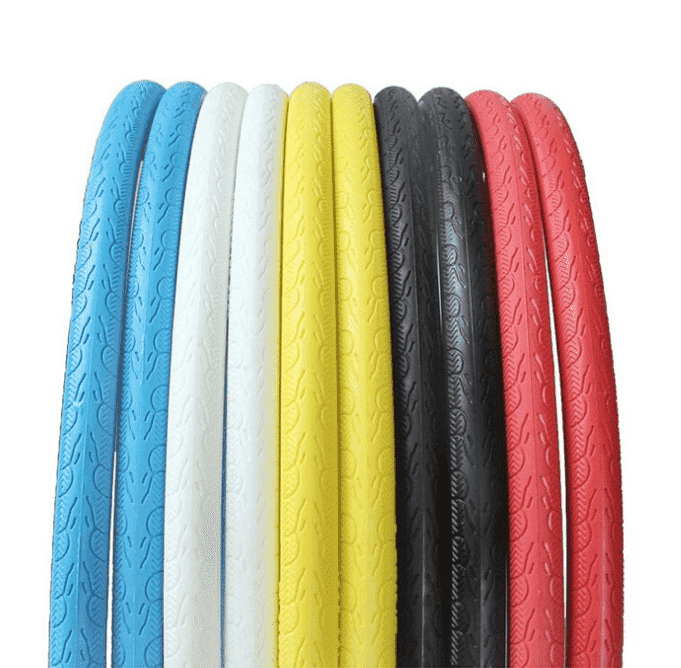Сен . 26, 2024 03:12 Back to list
Exploring the Benefits of Balance Bikes and Scooters for Kids' Development
Balance Bike vs. Scooter Choosing the Right Ride for Your Child
When it comes to choosing the right toy for your child to develop their balance and coordination skills, two popular options often come to mind balance bikes and scooters. Both of these rides are designed to help young children learn the essential skills of balance and movement. However, they each have unique features that make them suitable for different developmental needs and preferences. In this article, we’ll explore the differences between balance bikes and scooters, helping you make an informed decision for your little one.
What is a Balance Bike?
Balance bikes are pedal-less bicycles designed specifically for toddlers and preschoolers. These bikes come equipped with two wheels, a frame, and handlebars, allowing children to push themselves along the ground using their feet. The essential concept behind balance bikes is to provide a safe and controlled environment for children to practice balancing, steering, and stopping. As children gain confidence, they can glide on the bike without their feet touching the ground, which encourages them to develop the skills necessary for riding a traditional bicycle later on.
One of the major advantages of balance bikes is that they help children learn to balance at a young age, usually between 18 months and 5 years. Since there are no pedals, children can focus solely on balance without the complication of coordinating pedaling. This means when they eventually transition to a pedal bike, they are often able to pick it up much more quickly than if they had started with training wheels.
What is a Scooter?
balance bike scooter

On the other hand, scooters—whether two-wheeled or three-wheeled—offer a different riding experience. Scooters, typically made of a deck, wheels, and handlebars, allow children to propel themselves forward by pushing off the ground with one foot while firmly standing on the deck with the other. This activity not only emphasizes balance but also engages various muscle groups, promoting physical fitness and coordination.
Scooters are popular among children aged 3 and up and are often seen as more exciting due to their fast pace and maneuverability. They also encourage social play, as children can ride alongside their friends and participate in group activities. Additionally, many scooters come in adjustable heights, which means they can grow with your child, making them a long-term investment in fun and fitness.
Which Should You Choose?
Choosing between a balance bike and a scooter depends largely on your child's age, skill level, and interests. If your child is very young, particularly under the age of 4, a balance bike may be the better choice, as it specifically targets balance development and prepares them for future biking. Conversely, if your child is older or already showing an interest in riding toys that are faster and more dynamic, a scooter might be more appealing.
Safety is paramount no matter which option you choose. Ensure that your child wears suitable protective gear, including a helmet, knee pads, and elbow pads, to help prevent injuries while they are learning to ride.
In conclusion, both balance bikes and scooters offer unique benefits that can contribute to your child's physical development. By understanding what each option provides, you can select the perfect ride that matches your child's needs, helping them build confidence and skills on their journey through childhood. Whether they choose to glide on a balance bike or zip along on a scooter, the most important thing is that they enjoy their time outdoors and experience the thrill of movement.
-
Premium Wooden Tricycle for Kids | Safe & Eco Play
NewsAug.01,2025
-
Wooden Tricycle for Kids | Safe, Eco-Friendly Ride
NewsJul.31,2025
-
Wooden Tricycle for Kids - Vintage & Two Seater Options Wholesale
NewsJul.29,2025
-
Wooden Tricycle for Kids – Vintage & Two Seater Wholesale Options
NewsJul.28,2025
-
Premium Wooden Tricycle for Kids – Safe, Stylish, Two Seater Options
NewsJul.27,2025
-
Wooden Tricycle for Kids - Vintage & Two Seater Options, Wholesale Available
NewsJul.26,2025
